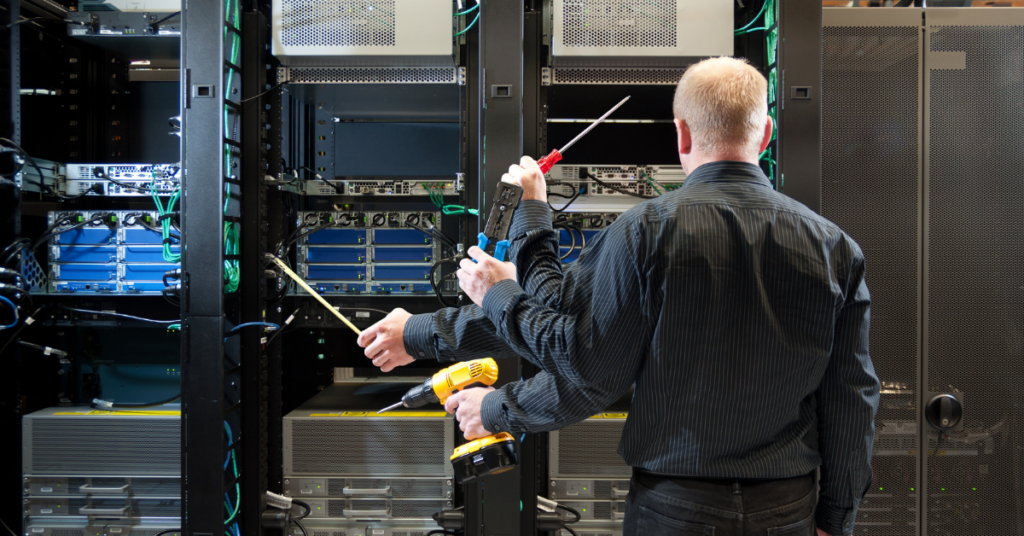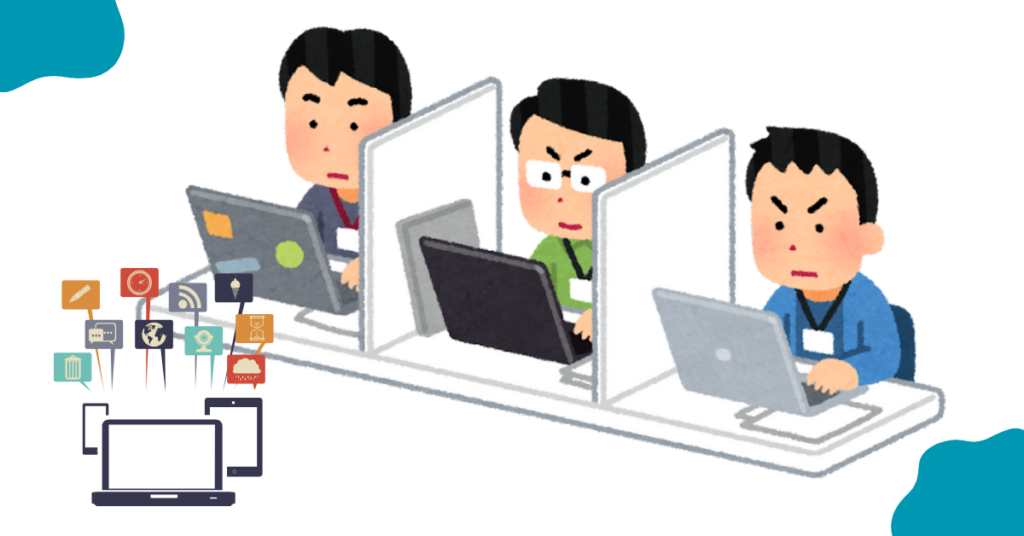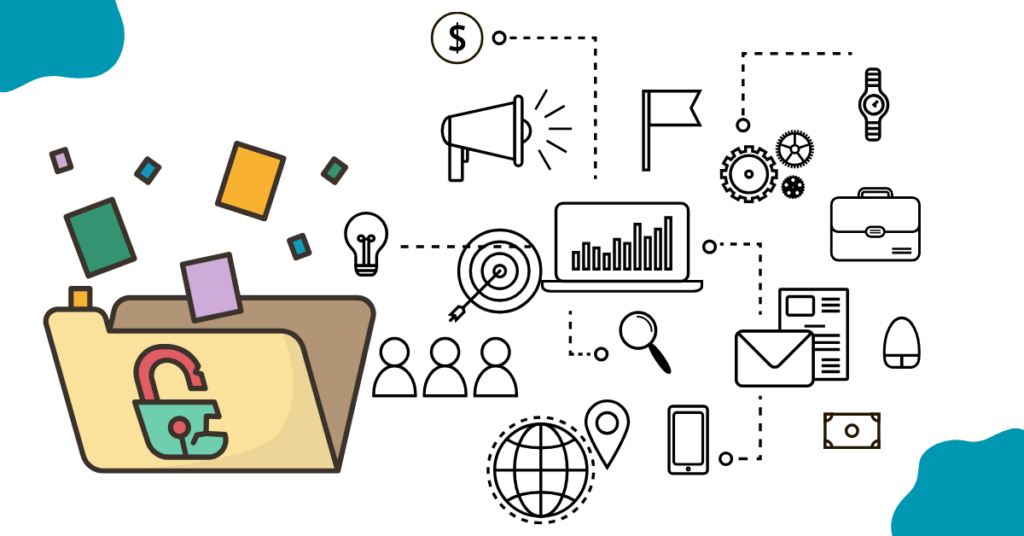Why does your website take forever to load, even when your images are small and your design looks perfect?
You refresh the page, clear your cache, or switch browsers, yet it still feels heavy and slow.
As someone running a site every day, that lag can be painful.
Visitors leave too soon. Sales drop. And you start wondering if something’s wrong with your setup.
Here’s the truth: sometimes, the problem isn’t your content at all. It’s your hosting.
The wrong server setup quietly slows everything, speed, SEO, and user trust. When your hosting isn’t optimized, even the best-built site struggles.
In this guide, we’ll explore 15 real reasons your hosting is slowing down your website, and how better servers can fix each one.
1) Outdated or Weak Server Hardware

If your host still runs old hardware, that’s where your slowdown begins. Many low-cost plans still use HDD storage, which reads and writes data far more slowly than NVMe SSD drives. These older drives can’t keep up with modern websites that serve dynamic content, images, and videos.
Limited CPU and memory also hold back performance.
Every page request competes for resources. When too many users hit the same shared server, the host starts throttling resources, giving each site just enough power to stay online, but not enough to stay fast.
Then there’s server load.
If your site shares space with hundreds of others (“noisy neighbours”), one heavy traffic spike elsewhere can drain your speed, too. Outdated hardware and overcrowded servers are often the first hidden reason your hosting is slowing down your website.
2) Poor Network and Data Routing
Sometimes your site’s files are fine, but it’s the journey they take that’s slow. A weak network bandwidth or limited data routing means your content takes longer to reach visitors.
When your server has poor peering (bad connections with other networks), every click travels through unnecessary hops.
This increases latency, the delay before the first byte of data arrives. It’s what web developers call high TTFB (Time to First Byte).
Even small delays add up.
When pages wait too long before loading, search engines notice. This is another quiet reason your hosting is slowing down your website, the distance between users and data centres isn’t optimised for speed.
3) Outdated Server Software
Your hosting software is like the engine behind your website. If it’s outdated, performance drops fast.
Many slow servers still run older Apache setups without tuning or caching. Newer web servers like LiteSpeed or Nginx handle requests faster, use fewer resources, and support advanced compression.
Running an old PHP version also slows things down. Modern PHP versions (8.0 and above) can handle more requests per second. Outdated ones make your site work harder to deliver the same page.
Another common issue is missing a PHP opcode cache, like OPcache. Without it, your server rebuilds the same page code repeatedly, wasting time on every request.
These small inefficiencies pile up, and again, this is your hosting slowing down your website without you realizing it.
4) Misconfigured Server Settings
Even good hardware can perform poorly with the wrong setup.
Misconfigured sessions or poor connection pooling make your server handle requests inefficiently. This leads to random slowdowns that seem impossible to explain.
Sometimes, different clusters within the same hosting network aren’t synchronized. That inconsistent configuration means some pages load fast, others lag. And when hosts lack monitoring, problems go undetected until they affect every site.
In short, a server can be fast on paper but slow in practice if it’s not managed properly.
5) Security and Protocol Gaps
Speed and security go hand in hand. Poor TLS configuration or a broken SSL certificate chain forces browsers to retry connections multiple times before loading content.
That’s wasted time.
If your hosting doesn’t support modern web protocols like HTTP/2 or HTTP/3, your site can’t use faster parallel loading or compression benefits. Old HTTP/1.1 limits how many requests your page can make at once, causing delays when loading images or scripts.
Missing keep-alive connections also slows things down around your website.
These allow browsers to reuse existing connections instead of starting new ones for every file. Without them, every request adds new milliseconds of delay. Weak security and outdated protocols often make your hosting slower than it needs to be.
6) Shared Hosting Resource Limits

Shared hosting sounds affordable until you realize what you’re sharing. You’re on the same physical machine as hundreds of other users. If one of them uploads a heavy app or faces a traffic surge, your site slows down too.
Hosts often throttle bandwidth, CPU, or memory usage to keep everyone stable. It sounds fair, but it means your visitors wait longer during peak hours. Even caching won’t fully help if your limits are too low.
If you’re using a shared plan, that’s likely why your hosting is slowing down your website right now.
7) Poor Caching and Compression Setup
Caching saves versions of your pages so they load instantly next time. Without it, every request rebuilds from scratch, which is a slow, wasteful process.
The same goes for missing GZIP or Brotli compression. These reduce file sizes before sending them to users. Without compression, your pages transfer more data, making everything sluggish.
A well-configured caching system and compression setup are simple but powerful fixes that many cheap hosts ignore.
8) Outdated Database or Poor Query Handling
Your site depends on its database for everything: posts, users, and settings. A slow MySQL or MariaDB server can delay all of it.
When the host doesn’t optimize query caching or runs outdated database software, even small requests take longer to process.
Overloaded or fragmented databases become another invisible reason your hosting is slowing down your website.
9) Inadequate CDN Integration
Without a Content Delivery Network (CDN), all users connect directly to your server, no matter where they live.
That means someone in California and another in London are both waiting for files from the same single location.
CDNs like Cloudflare store your static content in global edge servers, reducing distance and load. If your host doesn’t integrate one properly, your site stays slow for anyone far from your data center.
10) Weak DDoS and Firewall Protection
When your server faces fake traffic or constant login attempts, it spends time fighting back instead of serving real users.
A missing or weak firewall and DDoS protection make this worse.
These attacks don’t have to take your site down to cause harm; even small bursts can make everything crawl. Many users mistake this lag for normal slowness, but it’s one more sign that your hosting is slowing down your website under pressure.
11) Unoptimized Images and Files on the Server

Large image files or uncompressed media drain server bandwidth. Without server-level optimization tools, these assets load fully every time, eating up resources.
A host that offers automatic compression, caching, or lazy loading makes a big difference.
Without those, your storage and bandwidth fill fast, affecting everyone on the same machine.
12) Too Many Background Processes
Some servers run endless background jobs — backups, cron tasks, analytics, email scripts — all competing for CPU time.
Without resource isolation, one noisy process can slow everything down. A lightweight, modern host isolates these processes, ensuring your site stays responsive.
13) Poor Monitoring and Problem Detection
If your host doesn’t track uptime and server health actively, you only learn about issues after they happen.
Unmonitored resource usage leads to delayed responses and even downtime. Real-time alerts and automated scaling prevent those bottlenecks before they affect speed.
14) Overcrowded Data Centers
Many low-end hosting companies cram too many servers into one data center without enough cooling, power, or redundancy. This causes throttling and hardware strain.
When the temperature rises or the capacity nears limits, the system auto-slows tasks to protect itself. Overcrowding doesn’t just affect one site; it hits everyone on that network.
15) No Scalability or Upgrade Options
Your site might outgrow its plan faster than you think. Without cloud hosting or scaling options, traffic spikes overwhelm fixed limits.
A host that doesn’t offer auto-scaling, flexible pricing, or cloud architecture leaves you stuck, and your visitors waiting.
The Fix: Choose Modern Hosting That Matches Your Growth
A slow site isn’t just bad for visitors; it affects your search rankings, ads, and trust. Most slowdowns come from the server side, not your content.
The fix is switching to modern infrastructure.
A host built for performance uses NVMe SSD storage, LiteSpeed web servers, Cloudflare CDN integration, and automatic PHP updates. Add in daily backups, free SSL, and DDoS protection, and you’ve solved 90% of your bottlenecks.
That’s exactly the setup Truehost delivers.
Every plan includes a free SSL certificate, fast storage, modern protocols, and 99.9% uptime, designed for small businesses that need speed and reliability without high costs.
If your pages feel stuck or your visitors keep leaving, it’s time to act. Don’t let outdated servers hold you back.
Move to a platform that’s built for today’s internet.
Your Hosting is Slowing Down Your Website FAQs
Check your page load time, Time to First Byte (TTFB), and uptime reports. If your website loads slowly even after optimizing images, plugins, and themes, your hosting server may be the real cause.
Yes. Shared hosting means hundreds of websites share one server. When one site gets heavy traffic, others slow down too. Small businesses often see faster results after switching to a cloud or VPS plan.
Old HDD drives and limited CPU cores slow down how fast your website content is delivered. Hosting with NVMe SSD storage and updated processors gives smoother performance and faster response times.
Absolutely. Google measures site speed through Core Web Vitals. A fast, stable host reduces bounce rates and helps your site rank higher in search results, especially for users browsing on mobile.
Look for NVMe SSD drives, LiteSpeed or Nginx servers, Cloudflare CDN, free SSL, caching, and PHP 8+. These features cut down load times, improve uptime, and make your site more reliable.
If your site keeps crashing during peak hours or your visitors complain about lag, it’s time. Upgrade to a performance-focused host like Truehost and get your website to run fast and stay online 24/7.